Legendary names from history like Ferrari, Lamborghini and Bugatti loom large when you think of supercars.
There are also newcomers to the game who have made names for themselves: Pagani, Koenigsegg and, of course, McLaren. But there have also been a few supercars from more mainstream players. Here are five of the lesser-known models.
Toyota GT-One

Like a number of other cars on this list, the Toyota GT-One (1998) was developed from the Japanese company’s Le Mans challenger, as the rules of the day insisted that there had to be a road legal version of the racer. Toyota made the differences between the racer and the road version relatively small: the rear wing was set lower and the suspension ride height was raised. A smaller fuel tank was fitted and the addition of catalytic converters ensured the vehicle complied with emissions regulations. Toyota built just two GT-One road cars – one is on display in its museum, the other with a private collection in Japan.
Nissan R390 GT1
Like the Toyota, the Nissan was officially produced as a road car, but only a single example was ever built. The 1997 R390 road car briefly held the record for highest top speed of a road legal production car (354kmh), usurping the Jaguar XJ220, but was quickly beaten by the McLaren F1’s 388kmh in 1998.
The car currently resides in the company’s Zama warehouse along with many other mouth-watering rarities.
Yamaha OX99-11
We didn’t specify mainstream car manufacturers when we started, so this one fits nicely still! While Yamaha is more well-known for its bikes and outboards, it’s done more than a little dabbling in high-performance car engines. It made sense that to celebrate the company’s involvement in Formula 1 as an engine supplier (starting in 1989) that it build its own lightweight supercar using a V12 F1 engine!
It took until 1992 to finalise the project and Yamaha built three prototypes. The OX99-11 weighed just 1150kg and was powered by the 300kW (at 10,000rpm!) 3.5-litre V12 F1 engine. Sadly, the Japanese economy stalled at that time and Yamaha didn’t believe it would be able to sell a US$800,000 car, so it pulled the plug.
Jaguar XJR-15
Think the XJ220 is the pinnacle of Jaguar supercars? Think again. The XJR-15 (1990) was produced as a road-going version of Jaguar’s XJR-9 sports-prototype racer, but with extensive changes to make it suitable for road use. The XJR-15 also has the distinction of being the world’s first full carbon-fibre road car.
Like the Nissan R390, the Jaguar was developed by Tom Walkinshaw Racing and both cars were actually based on the Jaguar XJR-9 racer. While the later XJ220 would be powered by a turbo V6, the XJR-15 packed a proper supercar engine: a 336kW 6.0-litre V12.
Mercedes-Benz C112
This one is a case of ‘so close’ because despite getting more than 700 orders for it, Mercedes-Benz decided not to produce the C112 (1991). Designed to be a roadgoing version of the Sauber-built Mercedes-Benz C11 Group C prototype race car, the C112 was also the spiritual successor to the spectacular and gorgeous C111 experimental car built in 1969.
Packing some seriously advanced features (for the time) like active aerodynamics, active body control, ABS and anti-skid control, the C112 also featured gullwing doors and a mighty 300kW/580Nm 6.0-litre V12. People certainly wanted it, but because a large number of the people who had worked on it had left the company, no one was left to put forward a serious case for building it.
This article first appeared on Stuff Motoring.

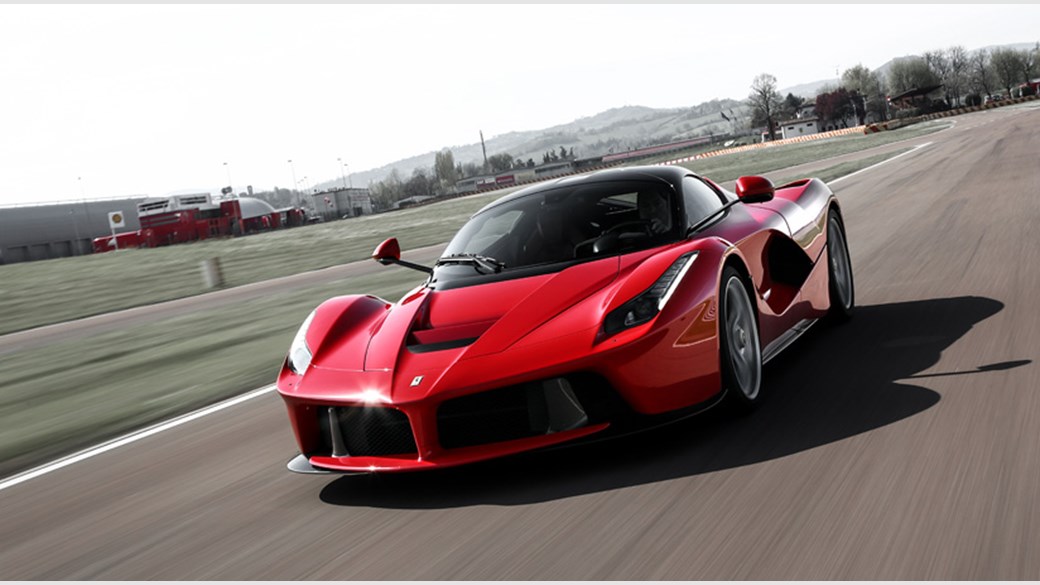
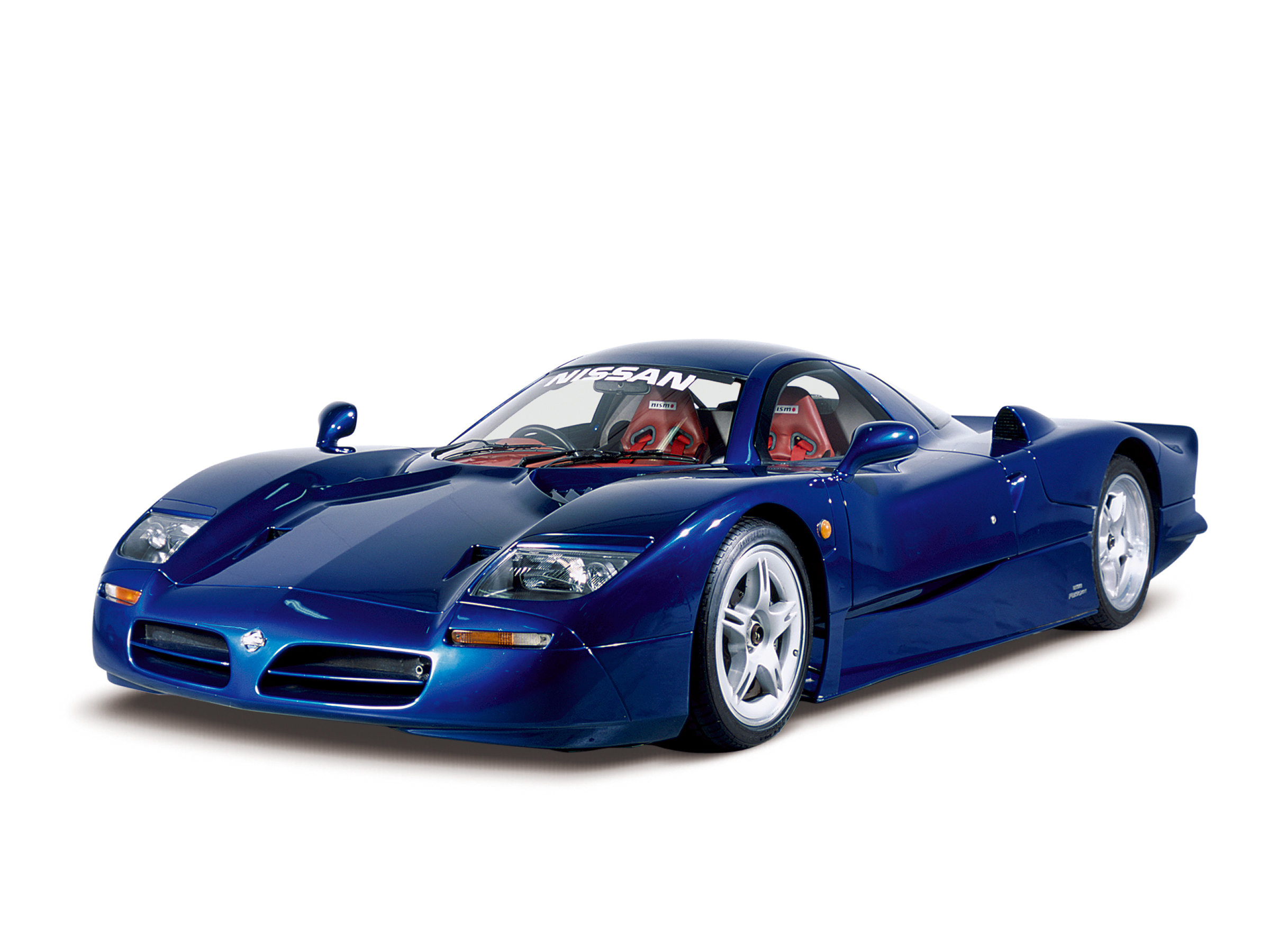
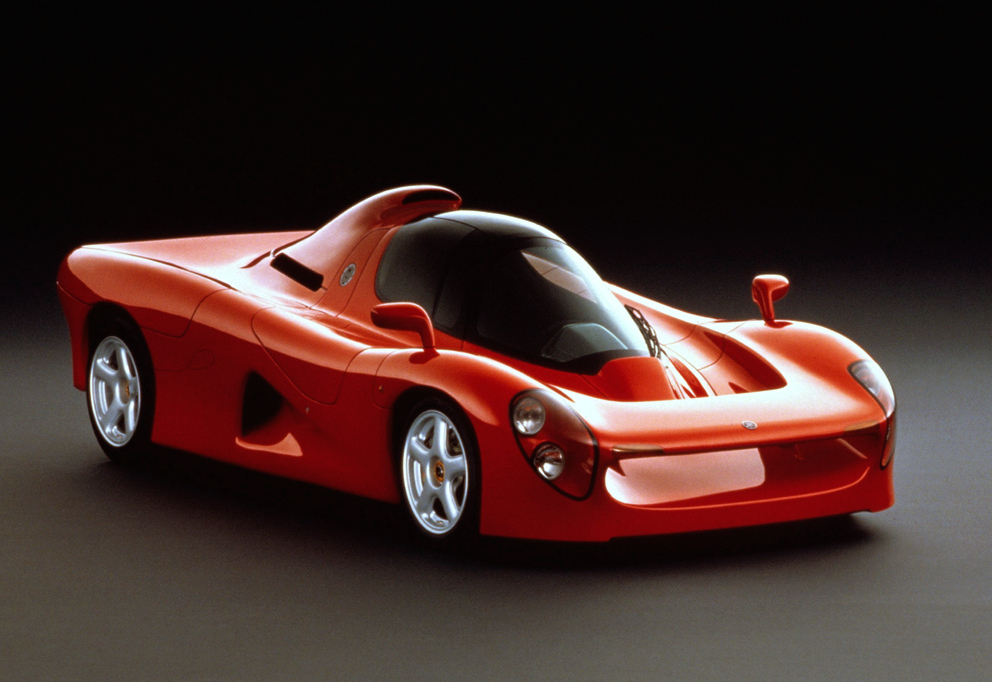
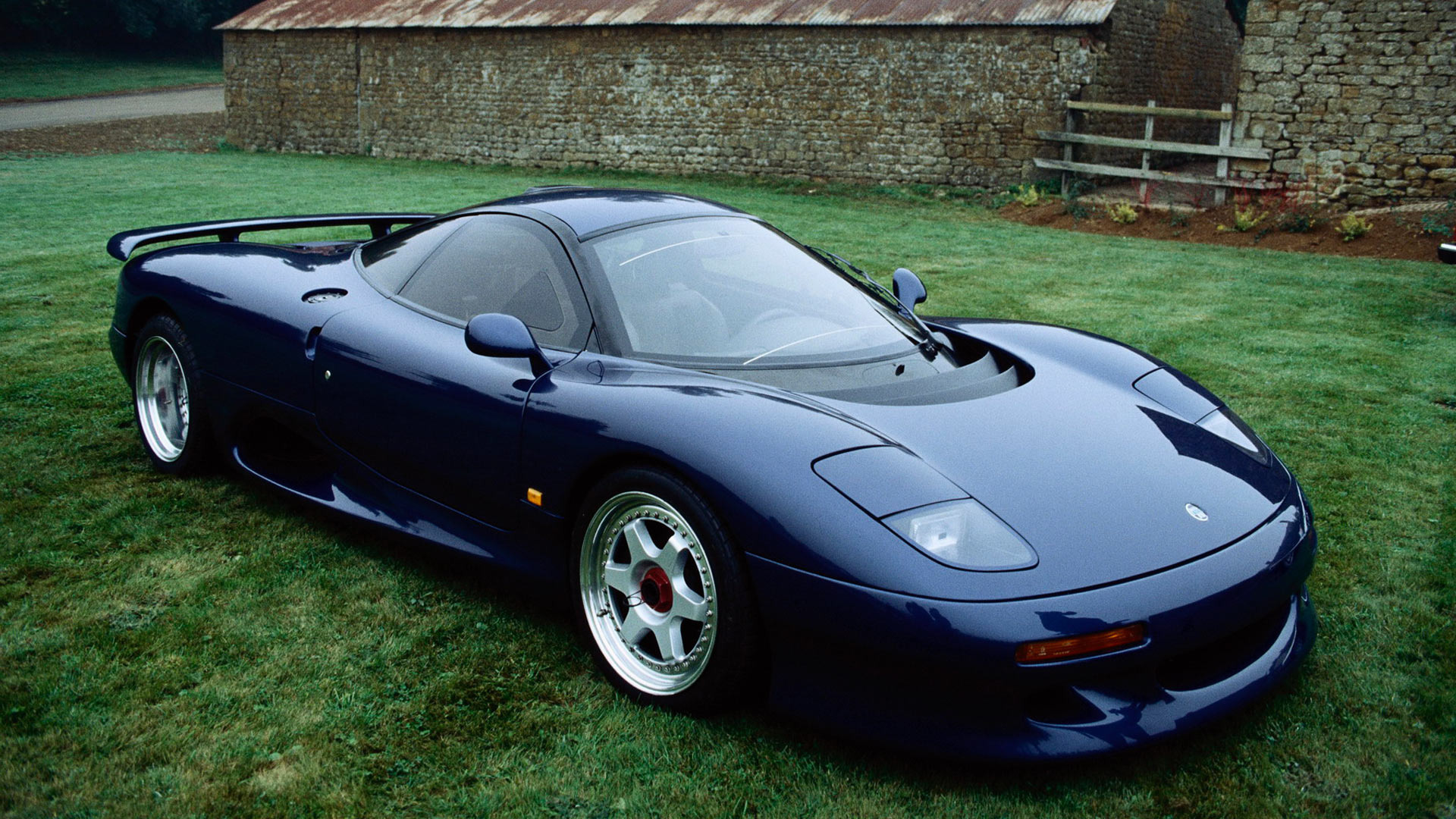
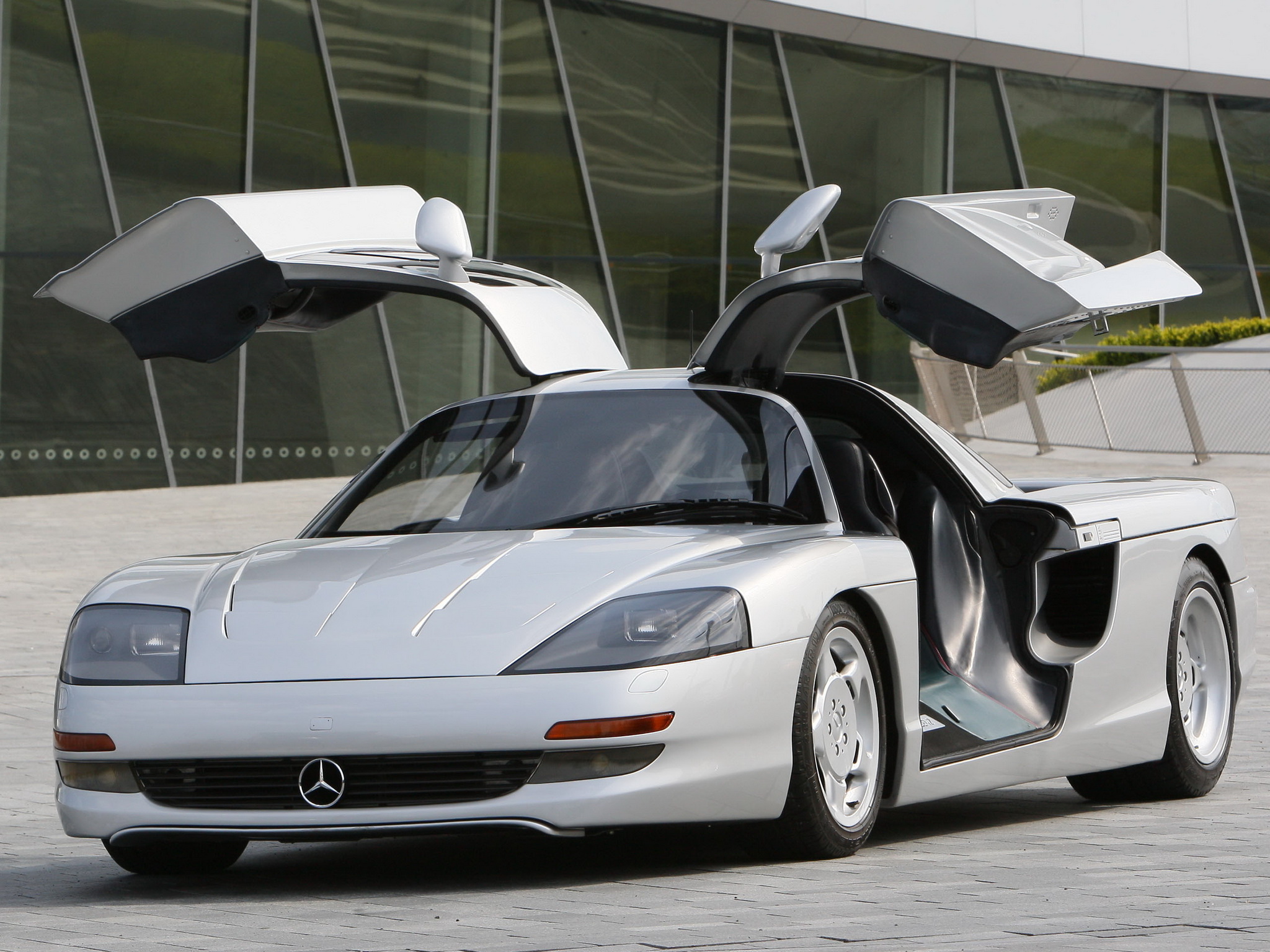
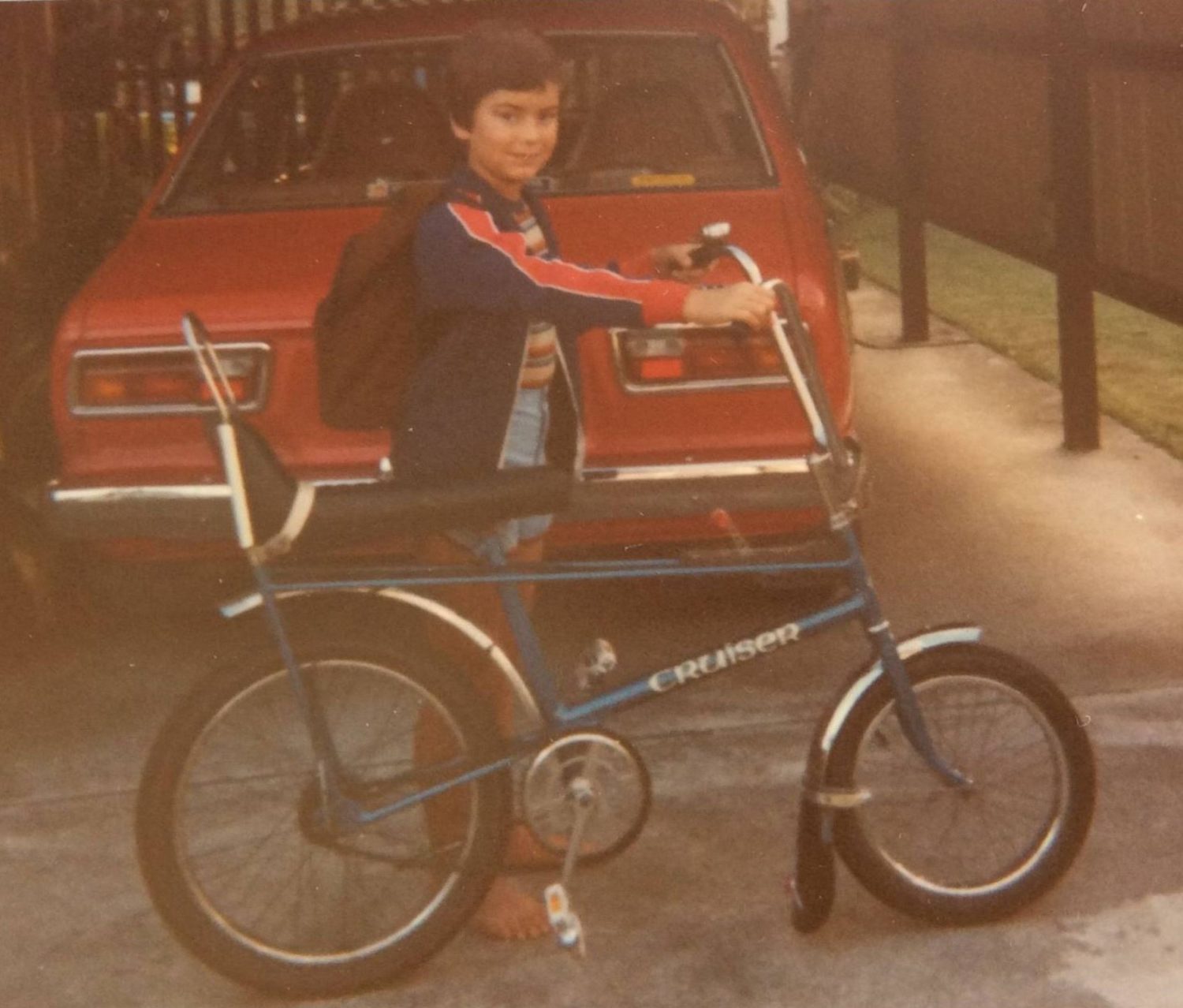
You must be logged in to post a comment.